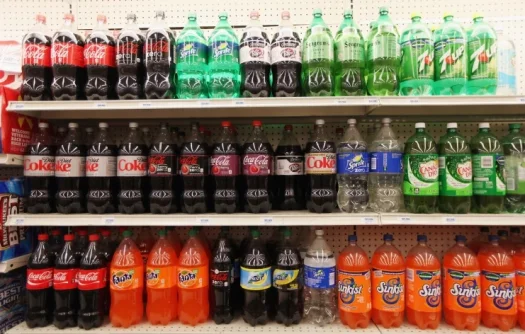Nelson Vergel
Founder, ExcelMale.com

Source: Am J Clin Nutr
Soda consumption and risk of hip fractures in postmenopausal women in the Nurses' Health Study;
Fung T, Arasaratnam M, Grodstein F, Katz J, Rosner B, Willett W, Feskanich D; American Journal of Clinical Nutrition (Aug 2014)
BACKGROUND The frequency of soda consumption remains high in the United States. Soda consumption has been associated with poor bone health in children, but few studies have examined this relation in adults, and to our knowledge, no study has examined the relation of soda consumption with risk of hip fractures.
OBJECTIVE We examined the association of soda, including specific types of soda, and risk of hip fracture in postmenopausal women.
DESIGN An analysis was conducted in postmenopausal women from the Nurses' Health Study cohort (n = 73,572). Diet was assessed at baseline by using a semiquantitative food-frequency questionnaire and updated approximately every 4 y. In ≤30 y of follow-up, we identified 1873 incident hip fractures. We computed RRs for hip fractures by the amount of soda consumption by using Cox proportional hazards models with adjustment for potential confounders.
RESULTS In multivariable models, each additional serving of total soda per day was associated with a significant 14% increased risk of hip fracture (RR: 1.14; 95% CI: 1.06, 1.23). The attributable risk in our cohort for total soda consumption was 12.5%. Risk was significantly elevated in consumers of both regular soda (RR: 1.19; 95% CI: 1.02, 1.38) and diet soda (RR: 1.12; 95% CI: 1.03, 1.21) and also did not significantly differ between colas and noncolas or sodas with or without caffeine. The association between soda and hip fractures did not differ by body mass index or diagnosis of diabetes.
CONCLUSION Increased soda consumption of all types may be associated with increased risk of hip fracture in postmenopausal women; however, a clear mechanism was not apparent on the basis of these observational data.












